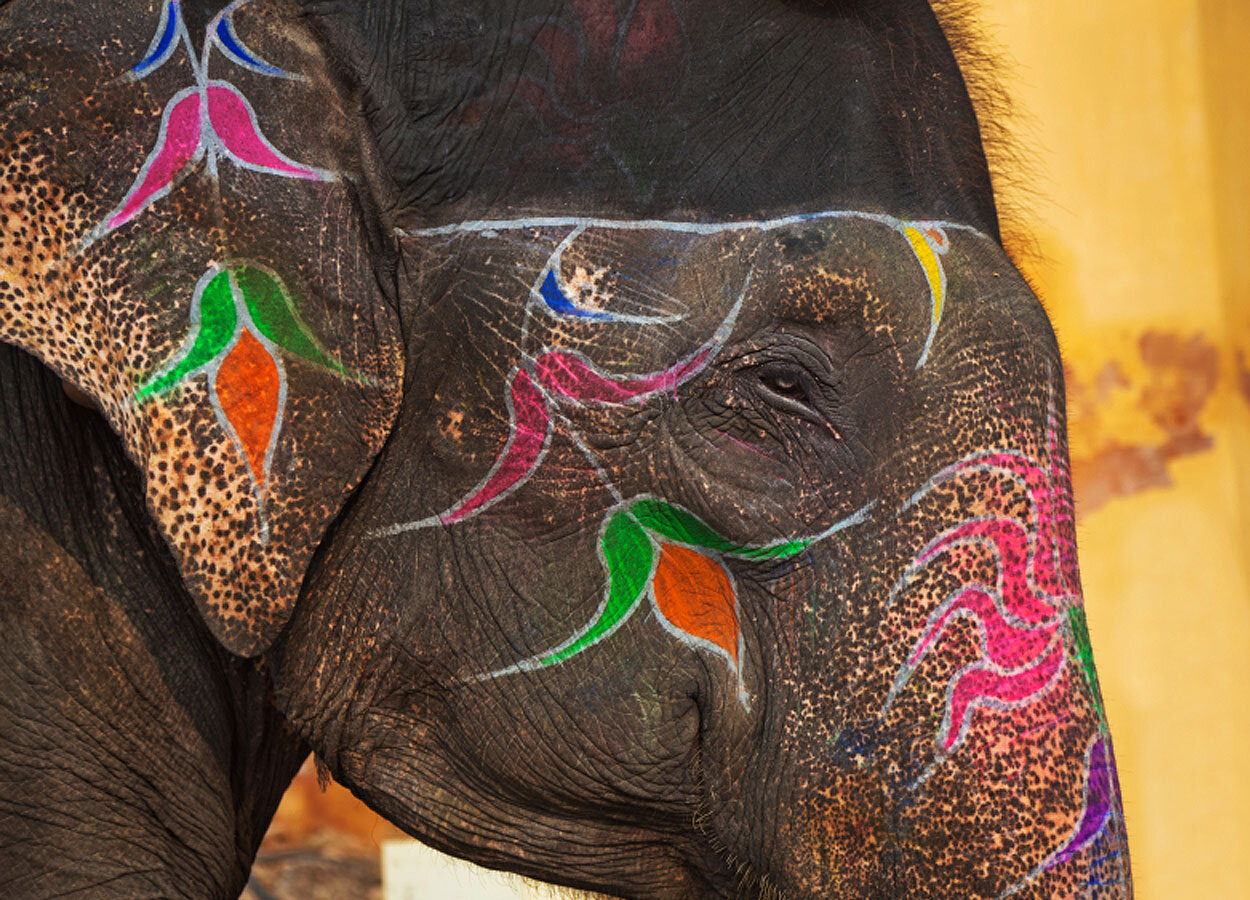Did I Get it Right?
 From time to time, I get asked to read work in progress set in India or within an Indian expat community, to see if the writer "got it right." I used to consult on quite a few of these at one time. I'd get requests from writers and from publishers. There haven't been as many lately. That could be because they were taking over my desk, and I began pleading lack of time.I've begun to realize lately that there's a whole new bunch of writers and illustrators of South Asian origin. Well, new for an old bird like me! At one time you could count us on your fingers, all five of us in the US and Canada. Maybe 7 if you counted the UK!So I'm betting I'm not the only one fielding these requests now. Which is great, because honestly, it was never my favorite kind of teaching activity!But here are some questions I've found helpful when reading what I will call an outsider manuscript:
From time to time, I get asked to read work in progress set in India or within an Indian expat community, to see if the writer "got it right." I used to consult on quite a few of these at one time. I'd get requests from writers and from publishers. There haven't been as many lately. That could be because they were taking over my desk, and I began pleading lack of time.I've begun to realize lately that there's a whole new bunch of writers and illustrators of South Asian origin. Well, new for an old bird like me! At one time you could count us on your fingers, all five of us in the US and Canada. Maybe 7 if you counted the UK!So I'm betting I'm not the only one fielding these requests now. Which is great, because honestly, it was never my favorite kind of teaching activity!But here are some questions I've found helpful when reading what I will call an outsider manuscript:
- What cultural borders does the work cross? Are those natural to the story or do they feel forced or imposed?
- Does the source culture feel real? Not in an abstract way, not like a tourist video, but real from the viewpoint of the story? This means the details and their physicality--what things are called, how they are used. Clothes, shoes, utensils, the materials of which each of these is made. That's the heart of getting it right and it's tricky because you can't get all of it from Google. You need to dig deeper, if it's not something you know.
- Is the author's awareness of the target audience too overwhelming? What's the writer's stance? Does the story keep stopping with a lurch so the writer can step out of it to explain some cultural quirk or idiom or gesture or situation? What is that saying about the writer's comfort? What is it saying about assumptions of readership? How would a kid from the culture concerned feel?
- Do the large story decisions carry resonance for me? Or do they feel as if they too are imposed by an overly mainstream sensibility, or by false assumptions about the people the writer is trying to create?
- How is language used in narrative? What are the rhetorical choices? Is the idiomatic mix enough to convey flavor, but not so much as to caricature? (E.g., Is the river called by its local name, Ganga, or has the author turned it into "Mother Ganges"in a clumsy attempt at translation?)
- Are the cultural depictions specific to the particular region of the subcontinent? Would someone with ties to the region recognize them? Does the writer avoid using pan-Indian conflations? Or does s/he treat all of the region as much the same, and all its people? Are the religions conflated? Do the names reflect intentional cultural fusion or is that juxtaposition of Hindu and Muslim first and last names purely a mistake?
- Is there a story beyond the greatness or the despair or the problems of the culture and place and people in question? Or is the story just a vehicle for what I call the 3 Fs (Food, Flowers, Festivals)?
Keep in mind that "getting it right" is a subjective judgment. But if you've been asked to deliver your assessment, take a stand that is fair and thoughtful. Give the writer the benefit of the doubt. When I read someone else's work in progress it behooves me to remember that every book may contain flaws, and that includes my own.